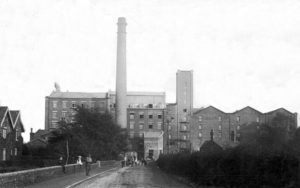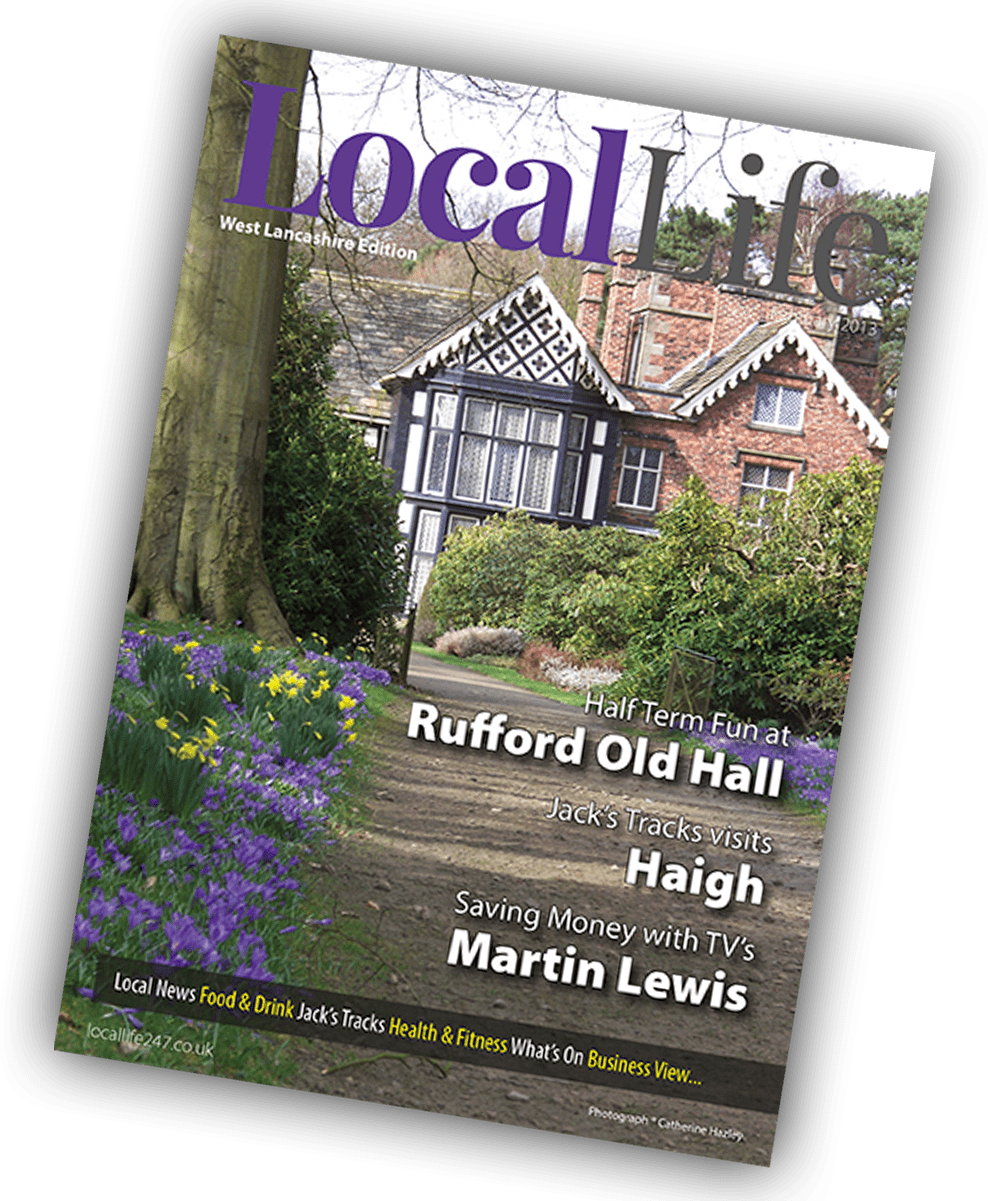
Although now often relegated to shopping outlets, dusty museum displays, or urban living for aspiring young professionals, mills have always been integral to our local heritage. From the water-driven mills of the eighteenth century to the surge in mechanisation and the eventual decline of the industry, these great structures continue to have a place in the hearts of locals.
The closure of Chorley’s Botany Bay (previously Canal Mill) in February pending its extensive redevelopment into a modern outlet village is a blow indeed to Lancashire’s milling heritage. Milling undeniably shaped Lancashire’s industrial and economic landscape in the eighteenth century, when the Industrial Revolution settled its focus on textile manufacturing.
Somewhere along the line the county became synonymous with textile milling, from the invention of James Hargreaves’ spinning jenny in Oswaldtwistle back in 1770 to towns like Burnley making their names in cotton. The industry expanded enough that the government was forced to introduce a policy which slowed it down in 1959.
The detrimental effect milling had on its workforce is well-documented. Channel 4’s TV adaptation The Mill shed light on the conditions working-class people faced post-Industrial Revolution at Quarry Bank Mill in Cheshire, while the boom in factory numbers brought plumes of ‘pea souper’ smog down on industrial towns. Many workers reported ‘mill fever’ in their first few weeks of employment; the dust, chemicals and claustrophobic environment landing a hard knock to the immune system.
Amongst the trials and tribulations of milling conditions, the quieter side of the industry is often forgotten – but the still-standing corn mills of Burscough and Parbold goes to show that their influence stretched just as far as the textile mills of Lancashire towns.
Ainscough’s Mills
It’s difficult to miss the looming figure of Ainscough’s Mill when you’re walking along the canal in Burscough. The once imposing structure at the bottom of Mill Street may have since been converted into apartments, but its complex heritage as a working steam-powered corn mill lives on.
The Ainscough Mills story begins in Parbold. The Ainscough family moved there in 1820 and Richard Ainscough took over Parbold’s old windmill from Richard Charnock in 1826, opting to run it in conjunction with his grocery business.
Dating back to the eighteenth century, Parbold’s windmill soon saw the construction of a nearby pub to serve those working on the recently opened Leeds & Liverpool canal, as well as the farmers leaving their grain at the windmill. The Windmill pub is still open today, though the mill itself ceased operation around 1850. It still stands, albeit relieved of its sails, and is open to the public as the Millhouse Art Gallery.
The first of Ainscough’s Flour Mills was constructed in Parbold a year later in 1851, just across the canal bridge, by Hugh Ainscough, Richard’s son. His father’s death prompted Hugh to found his own milling company, which expanded into Burscough seven years later – and the structure on Mill Lane was built.
Tragedy struck for the Ainscoughs’ Parbold mill in 1953, when it was completely gutted by fire. An explosion caused the flames to rage out of control for over two hours, leaving the building beyond repair. It was eventually demolished and replaced by housing. The Burscough property, however, flourished well into the 1990s.
Ainscough’s Burscough mill employed around 200 people in its heyday, rising from only 30 employees in the 1850s-60s. In 1859 the men were rewarded for their good work by congenial boss Ainscough, enjoying ‘good English fare of roast beef and plum pudding’ at the Red Lion inn – ‘the proceedings were kept up until 12 o’clock’. Such a relationship with the boss appears an exception in those days and were a stark contrast to the working conditions for women and children in other nineteenth century cotton mills.
Ainscough’s 400 tonne chimney originated in 1902, and took only 38 days to build. It stretches to nearly 137 feet, and required a whopping 100,000 bricks. The mill originally operated on steam power made from coal imported by barge from Wigan on the Leeds & Liverpool canal. The coal was burned to power the huge wheel in the engine room, which was connected by rope to smaller wheels around the mill to power machinery. Just before World War II the entire mill was modernised, although coal power was still the main method of operation until the 1960s until it switched to using electricity.
The mill officially ceased operation in 1997, and was a major draw to urban explorers until its conversion to luxury apartments in 2013. Urban photography group The View from the North (www.theviewfromthenorth.org), who dedicate themselves to documenting industrial landscapes, explored Ainscough’s Mill in 2007, finding it decaying after being ravaged by several small fires.
PROJ3CT M4YH3M (www.proj3ctm4yh3m.com) also visited the mill just before its redevelopment in 2013, dubbing the building a ‘death trap’ with ‘crumbling floors and drops concealed by chipboard sheeting.’ Its redevelopment, then, came as something of a relief, despite a fire that broke out in 2014 leading to the evacuation of around 100 Burscough homes.
Tarleton Mill
Known for its production of ‘Wigan fabric’ – a cotton blend coated with latex rubber – Tarleton’s cotton mill was built in 1919 and was the closest textile mill to Southport, and quite a way away from its county competitors. Astland Mill was positioned close enough to both the canal and the Tarleton Branch Railway terminus to provide optimal transport links and to provide steam power to the looms.
Around 200 people were employed at Tarleton’s Astland Mill, which was home to 750 looms. It went through various ownerships but was met with financial difficulty throughout its years of operation, beginning with the economic slump when demand for cotton fell in the early 1920s following the end of WWI. The outbreak of WWII also meant workers were redrafted into the war effort and away from their jobs; the building was repurposed as a Royal Navy store until 1947.
The Cotton Industry Act of 1959 looked set to rejuvenate Tarleton’s textile links. The Act aimed to reorganise the cotton industry in Lancashire to prevent further decline created by foreign imports, and provided compensation for redundant workers while reducing the number of spindles in operation. This meant Astlands could be fully modernised, including the addition of air conditioning for workers and a change in shift patterns, while reducing its output.
Astlands Mill continued to operate until the 1980s. The building still stands today in Plox Brow by the River Douglas.
Thanks go to Michael Dawson for providing information and images. Visit www.images-of-burscough.co.uk for more local history and photographs.


